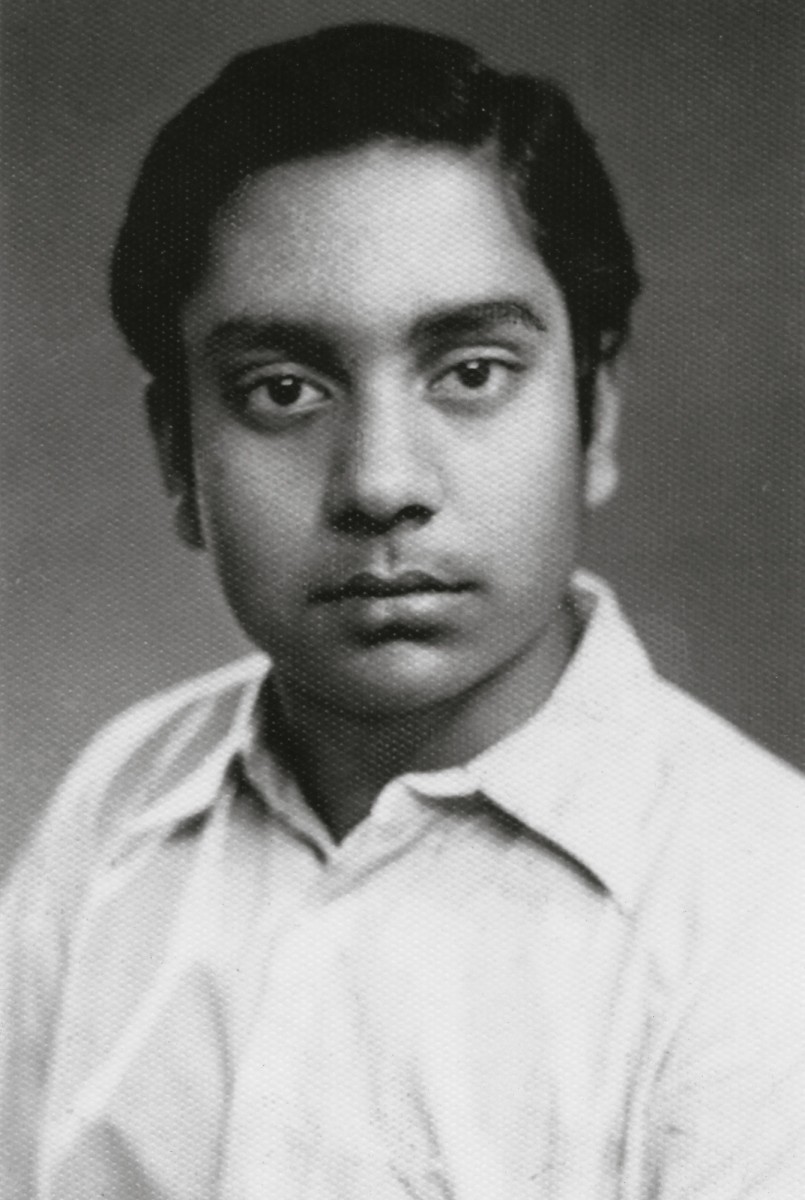
Geetoshree #SandhyaMukhopadhyay (সন্ধ্যা মুখোপাধ্যায়)) passed away at the age of 90 on 15 February 2022. She was the doyen of Bengali playback music and a household name in both Bengals. 

Sandhya, was she was popularly known, was born in Dhakuria, Calcutta, on 4 October 1931 to Narendranath Mukherjee, a railway official, and Hemprova Devi. She was the youngest of six children. 

By her teen years she was already being trained in Hindustani Classical Music under the tutelage of Pandits A. T. Kannan and Chinmoy Lahiri. 



When Ustad Bade Ghulam Ali Khan returned to India in 1957, Chinmoy Lahiri suggested he take Sandhya on as a student. She would remain a student of his for the remainder of his days and then learn from her Guru-bhai and BGAK's son Munwar Ali Khan. 

She began her playback career in Mumbai starting with a song in the film Tarana in 1950. She sang for 17 Hindi films before returning to Kolkata in 1952. Here is the signature song from Tarana, released in 1951.
She would go on to establish herself as the undisputed playback voice of generations of Bengali actresses and sing every genre of Bengali music from Rabindra Sangeet, Nazrul Geeti and Semi-Classical pieces 

In film music she would become synonymous with the female voice of the Suchitra-Uttam romantic duets, working closely with Hemanta Mukhopadhyay (Hemant Kumar of Bollywood, and no relation!).
One of her all time great film hits was the 1956 song
“Ghum Ghum Chand" ঘুম ঘুম চাঁদ” বাংলা গান From Sabar Upare, starring Suchitra Sen
“Ghum Ghum Chand" ঘুম ঘুম চাঁদ” বাংলা গান From Sabar Upare, starring Suchitra Sen
Her she is performing the same song in 2010, at one of her last public concert aged almost 80.
My favorite is the semi-classical film song in Raag Kalavati is the duet with Manna Dey, Manna from Antony Firingee (1967) Starring Uttam Kumar and Tanuja (yes, Nutan's sister and K-Jo's mother)
And here Manna Dey and Sandhya perform another of their superhit duets from the movie Chirodiner 1969. Here in 2010, she is 80 and he is 91 years old.
Here is one of my favorite Nazrul Geeti's in her voice.
"Anjali Laho Mor Sangite"
"Anjali Laho Mor Sangite"
My favourite Rabindra Sangeet in Sandhya's voice "Deep nibhe gachhe momo"
In 1966, she married Shyamal Gupta, a famous poet and lyricist. They were married until he passed away in 2010. 

A famous Rag-Prodhan song of her's "Bijori Chomoke Hiya Knape" was composed by Shyamal Gupta in 1979 and produced by Munawar Ali Khan
But my favaroite semi-classical solo by Sandhya Mukhopadhyay is the Gouriprasanna Majumdar composition in 1958 "Poth Charo Ogo Shyam"
While she stopped giving concerts, she remained a singer to the very and would often sing impromptu in public gatherings. Here she is in 2017 (aged 85) singing her chestnut "Ghum ghum chand"
She leaves a massive void in the hearts of Bengalis. It is a shame that the government of India took until 2022 to even offer her a Padma award (and that too a PadmaShree!) when 3rd rate Bollywood artists received all kinds of honours. She was a real Bongo Rotno! Om Shanti! 





😭😭😭😭😭😭😭
• • •
Missing some Tweet in this thread? You can try to
force a refresh
























